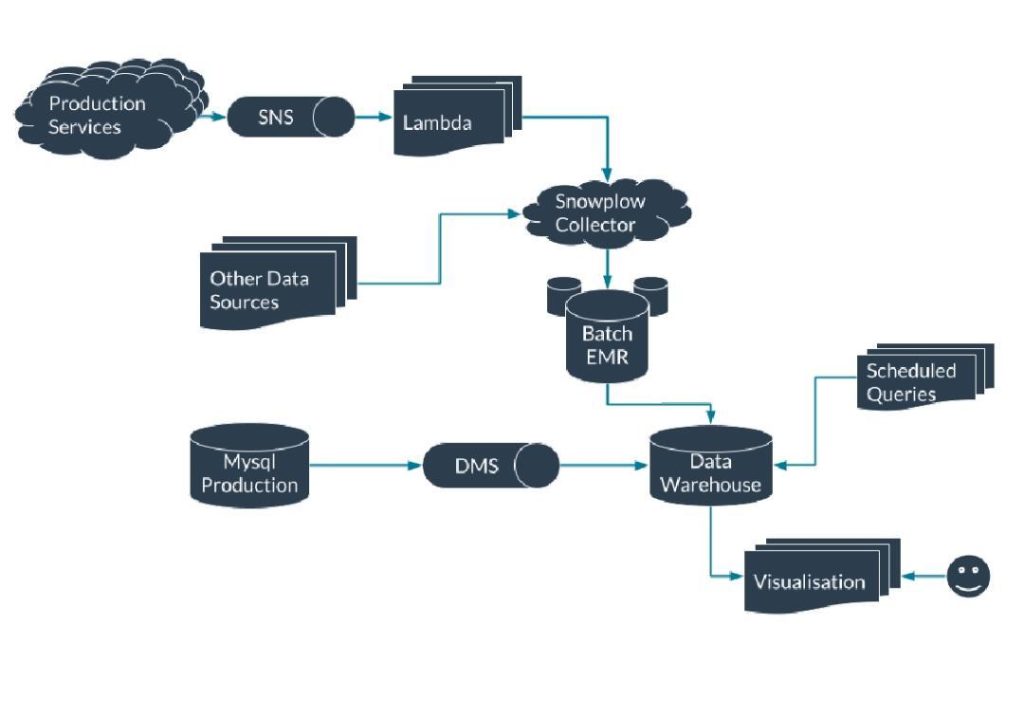
What Hidden Value Lies in Scalable Data Infrastructure?
In today’s data-driven economy, businesses are generating an unprecedented amount of data. From customer interactions to sensor readings, this data is the lifeblood of modern business operations. However, traditional data infrastructure often struggles to keep up with the sheer volume and velocity of modern data. This is where scalable data infrastructure comes in – a game-changing solution that unlocks the true potential of data and enables businesses to scale seamlessly.
The Limitations of Traditional Data Infrastructure
Traditional data infrastructure, such as on-premises databases and data warehouses, were designed for a different era. They were meant to handle small amounts of data and were not designed to scale with the rapid growth of modern businesses. As a result, they often become bottlenecks, hindering the ability to analyze data in real-time, run machine learning models, and integrate with multiple systems.
In contrast, scalable data infrastructure is designed to handle large volumes of data and scale horizontally to meet the needs of growing businesses. This allows advanced analytics teams to run complex machine learning models, predictive forecasting, and real-time dashboards without performance trade-offs.
The Benefits of Scalable Data Infrastructure
So, what are the benefits of scalable data infrastructure? Here are a few:
- Real-time Insights: With scalable data infrastructure, businesses can access real-time insights that drive informed decision-making. This is critical in industries such as finance, healthcare, and e-commerce, where every second counts.
- Machine Learning and AI: Scalable data infrastructure enables businesses to run complex machine learning models and AI algorithms, which are critical for predictive maintenance, customer segmentation, and personalized marketing.
- Predictive Forecasting: With scalable data infrastructure, businesses can run predictive forecasting models that enable them to anticipate and respond to changes in the market.
- Real-time Dashboards: Scalable data infrastructure allows businesses to build real-time dashboards that provide a single source of truth for business operations.
- Faster Integration: With scalable data infrastructure, businesses can integrate with multiple systems and data sources quickly and easily, reducing the need for custom coding and integration.
- Reduced Technical Debt: Scalable data infrastructure reduces technical debt by eliminating the need for complex data pipelines and ETL processes.
- Automated Decision Pipelines: Scalable data infrastructure enables businesses to build automated decision pipelines that enable real-time decision-making.
The Role of Centralized Data Layers
At the heart of scalable data infrastructure is the centralized data layer. This layer provides a single source of truth for all business data, enabling businesses to integrate data from multiple sources and systems.
Centralized data layers provide several benefits, including:
- Data Consistency: Centralized data layers ensure data consistency across all systems and applications.
- Data Governance: Centralized data layers provide a framework for data governance, ensuring that data is accurate, complete, and secure.
- Faster Integrations: Centralized data layers enable faster integrations with multiple systems and data sources.
- Reduced Technical Debt: Centralized data layers reduce technical debt by eliminating the need for custom coding and integration.
Conclusion
Scalable data infrastructure is the backbone of any data-powered scaleup. It provides the foundation for real-time insights, machine learning, predictive forecasting, and real-time dashboards, while reducing technical debt and enabling faster integrations. By adopting scalable data infrastructure, businesses can unlock the true potential of their data and drive growth and innovation.
Source:
https://www.growthjockey.com/blogs/why-almost-every-business-needs-a-digital-data-architecture






